
The Shocking Truth Behind the Hype
When Logan Paul launched Prime Hydration with KSI, it was marketed as the ultimate sports drink — the healthy, revolutionary alternative to sugary beverages. Within months, Prime became a social media phenomenon, selling out in stores, generating millions in revenue, and even securing sponsorship deals with the UFC and major sports teams.
But behind the glossy branding, celebrity endorsements, and viral marketing campaigns, disturbing allegations started surfacing. Whispers began online: Was Prime really worth the hype, or was it the centerpiece of one of the biggest influencer-led scams in history?
In this investigation, we uncover how the $1 billion Prime empire may not be as clean as it looks — from false advertising claims to price manipulation, and from shady marketing tactics targeting kids to potential violations of health safety standards. This is not just a story about a drink — it’s about influencer culture, consumer manipulation, and how a celebrity brand can become a billion-dollar scam machine.
The Rise of Prime Hydration – From YouTube to Supermarket Shelves
How Logan Paul & KSI Turned Prime into a Viral Goldmine
Logan Paul and KSI were not strangers to controversy. Known for high-profile boxing matches and viral YouTube content, both had massive followings. In early 2022, they co-launched Prime Hydration, positioning it as a “better-for-you sports drink”.
Prime’s explosive growth was no accident:
- Social Media Domination: TikTok challenges, influencer collaborations, and limited-edition flavors generated FOMO at scale.
- Scarcity Marketing: Stores were allegedly supplied in small batches, creating artificial shortages and driving resale prices to absurd levels.
- Celebrity Endorsements: UFC deals, sports team partnerships, and appearances at major events legitimized the brand.
Within its first year, Prime claimed over $250 million in retail sales, with Logan Paul boasting it was “the fastest-growing sports drink in history.”
But the bigger the hype, the deeper the cracks became.
The First Red Flags – Was Prime’s Health Promise a Lie?
The ‘Healthy Alternative’ That Wasn’t So Healthy
Prime Hydration was marketed as a low-calorie, electrolyte-packed sports drink. But nutrition experts began warning that it wasn’t much different from other sugar-heavy beverages on the market.
Key concerns raised:
- Sugar Content: Some Prime flavors contained as much sugar as popular sodas — despite being promoted as a health drink.
- Caffeine Overload in Prime Energy: Prime Energy drinks contained 200mg of caffeine per can — nearly double what many health organizations recommend for teens, yet the brand’s marketing heavily targeted younger audiences.
- Artificial Sweeteners: Use of sucralose and acesulfame potassium raised questions about long-term health effects.
Parents began complaining on social media about children suffering jitters, nausea, and heart palpitations after consuming Prime Energy — sparking calls for bans in certain schools.
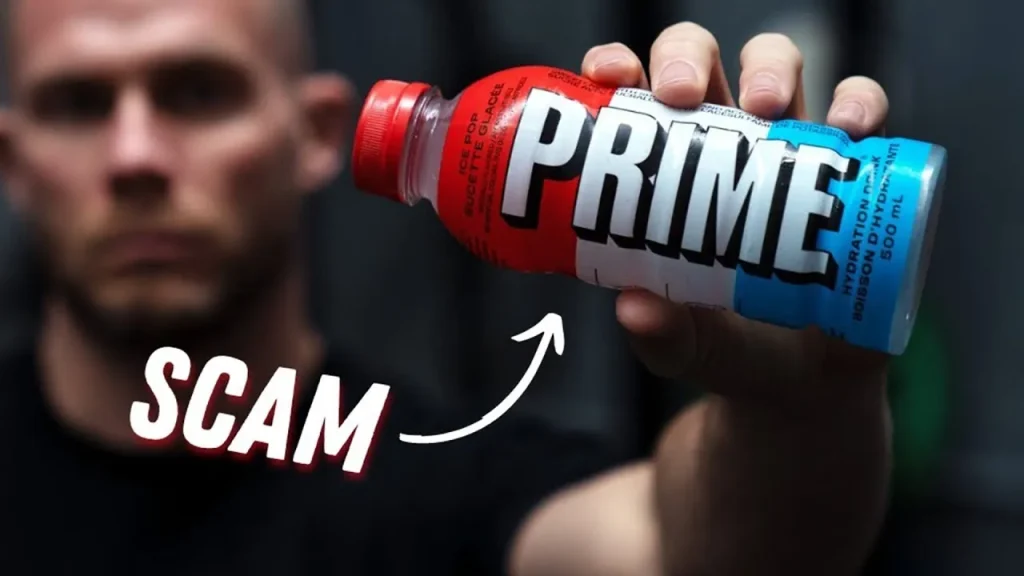
The Billion-Dollar Illusion – Inflated Value & Hype Manipulation
The Scarcity Game
One of the most controversial tactics was the intentional scarcity strategy. Prime was often “out of stock” at retail locations, creating hype-driven demand and skyrocketing resale prices. On eBay, bottles that retailed for $2.50 were resold for $20–$30 each.
While scarcity marketing isn’t new, critics argue that Logan Paul and KSI exploited young consumers, making Prime less about hydration and more about status signaling.
Artificial Inflation of Brand Value
Despite early sales success, insiders questioned the $1 billion valuation touted by Logan Paul. Analysts suggested the number was inflated through aggressive PR spin, retail sell-in numbers (not actual sell-through), and leveraging social media engagement metrics as revenue indicators — a misleading tactic in valuation.
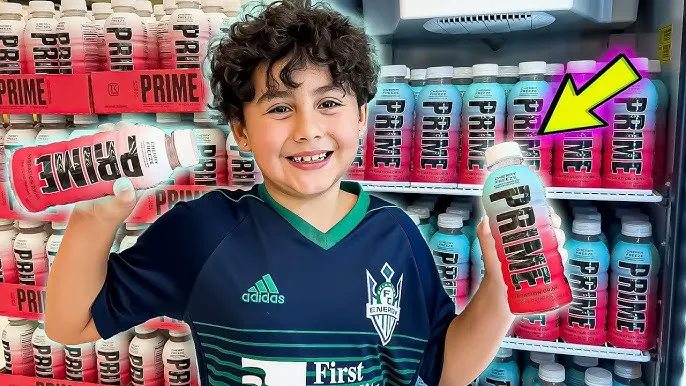
Prime and the Targeting of Children – Ethics on Trial
Why Prime’s Marketing is Being Called “Predatory”
Logan Paul and KSI’s core audience skews 13–24 years old, and many Prime promotions seemed to deliberately cater to that demographic.
- Bright Packaging & Flavors: Bubblegum, Tropical Punch, and Ice Pop flavors resembled candy branding.
- YouTube/TikTok Campaigns: Challenges, giveaways, and influencer endorsements targeted school-aged kids.
- Athlete Partnerships: Prime’s association with sports stars gave it an image of being essential for young aspiring athletes.
Parents and advocacy groups have accused Prime of blurring the line between a children’s product and an adult-level energy drink, especially with its high caffeine content.
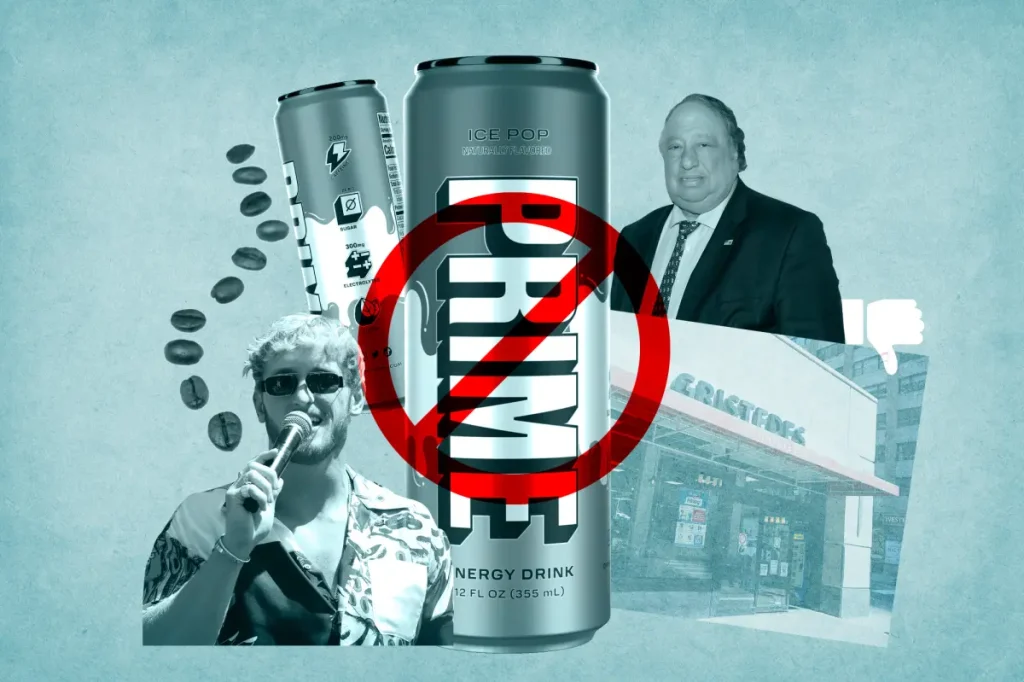
The Social Media Machine – Selling the Scam
Prime’s marketing was a masterclass in influencer manipulation. Logan Paul and KSI didn’t just sell a drink — they sold a lifestyle.
Tactics used to fuel the hype:
- Fake Outrage & Viral Drama: Controversial comments, intentional “feuds,” and public stunts kept Prime trending.
- Celebrity Handouts: Sending Prime cases to A-list celebrities created the illusion of organic endorsements.
- Limited Editions & Drops: Flavors were “exclusive” and time-sensitive, playing into Gen Z’s fear of missing out.
This constant visibility kept Prime relevant — and insulated from criticism, at least in the early days.
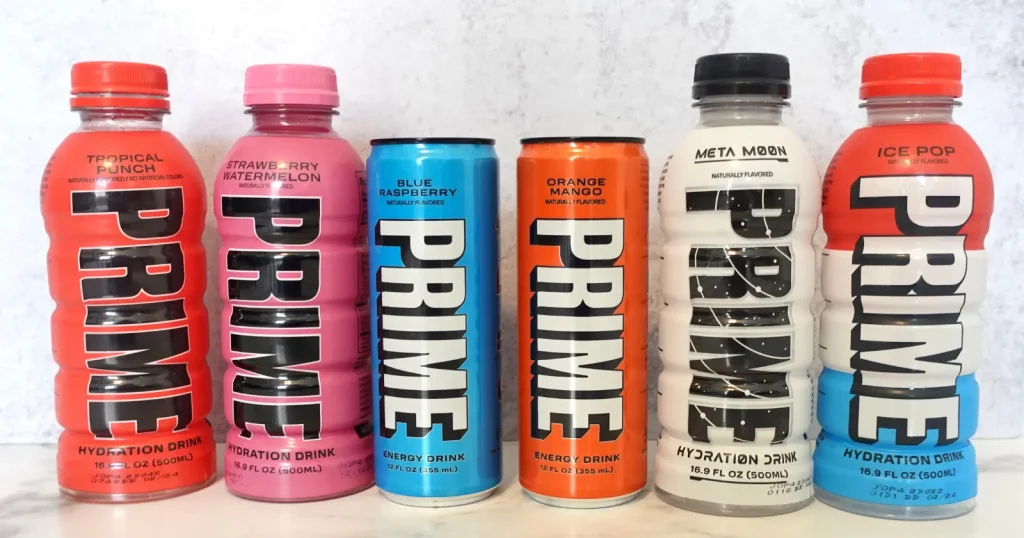
From Drink to Scam – How the Narrative Shifted
By mid-2023, cracks began to show:
- School Bans: Several schools in the UK, US, and Australia banned Prime Energy over health concerns.
- Regulatory Scrutiny: Consumer watchdogs began investigating misleading advertising and caffeine safety violations.
- Price Gouging Allegations: Retail partners accused of inflating prices during shortages.
- Negative Publicity: Health professionals, parents, and even some influencers turned against the brand.
Inside the Alleged $1 BILLION Scam Structure
Here’s how critics describe the alleged scam blueprint:
- Create a Viral Hype Loop: Use influencer reach + artificial scarcity to drive mania.
- Inflate Market Value: Count unsold wholesale shipments as “sales” to boost valuation claims.
- Monetize Hype Before the Crash: Secure massive retail partnerships, sponsorships, and investor buy-ins at peak hype.
- Exit or Diversify: Use the profits to fund other ventures before the bubble bursts.
While Logan Paul denies wrongdoing, industry experts compare Prime’s business model to NFT hype cycles and pump-and-dump schemes — both relying on artificial excitement to inflate value.

The KSI Factor – Co-Signer or Co-Conspirator?
KSI’s involvement is equally critical. As one-half of the Prime empire, he brought his UK-based audience and brand trust to the venture. While Logan Paul had a more controversial history, KSI’s fanbase gave Prime a global reach.
But critics argue KSI’s public defense of Prime — even in the face of school bans and health warnings — makes him complicit in misleading young consumers.
Consumer Backlash – The Turning Point
The shift from hype to skepticism happened fast:
- YouTube exposés began dissecting Prime’s nutritional claims.
- Reddit threads detailed health side effects.
- Parents’ Facebook groups warned against buying Prime for kids.
One viral TikTok summed it up:
“Prime isn’t about hydration — it’s about making Logan Paul rich.”
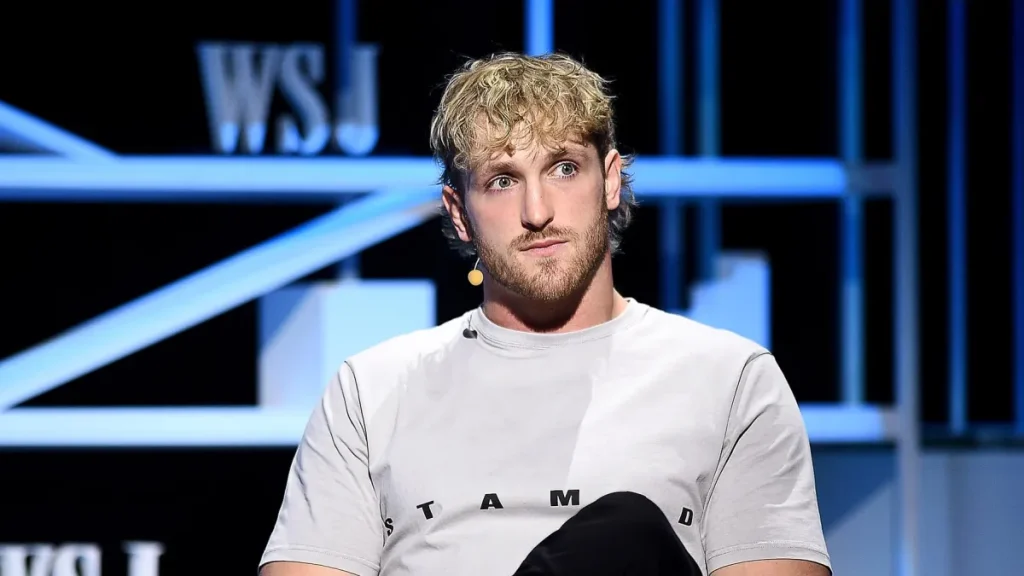
Regulators Step In – Could Prime Face Legal Trouble?
Potential Legal Risks
- False Advertising: If proven, could result in millions in fines.
- Consumer Safety Violations: High caffeine levels without adequate warnings.
- Price Manipulation: Potential breach of fair trade regulations.
Some analysts predict Prime could face class-action lawsuits if enough evidence of harm or deception emerges.
Logan Paul’s Response – Damage Control Mode
Logan Paul has repeatedly dismissed scam allegations, framing them as “haters trying to tear down success.” He claims Prime is “the best sports drink in the world” and points to celebrity endorsements as proof of quality.
But critics note that celebrity endorsement doesn’t equal safety or honesty — especially when millions of dollars are at stake.
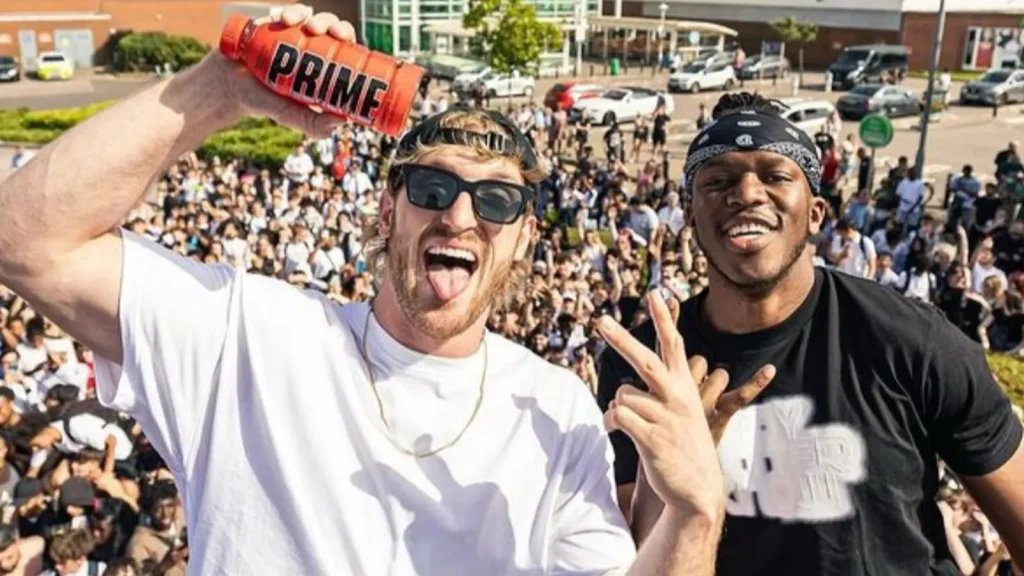
The Bigger Picture – Why This Matters Beyond Prime
The alleged Prime scam is a case study in influencer-led consumer manipulation. It raises critical questions:
- Should influencers be held to stricter advertising standards?
- How should products targeting minors be regulated?
- Is social media hype a legitimate business model, or a form of market deception?
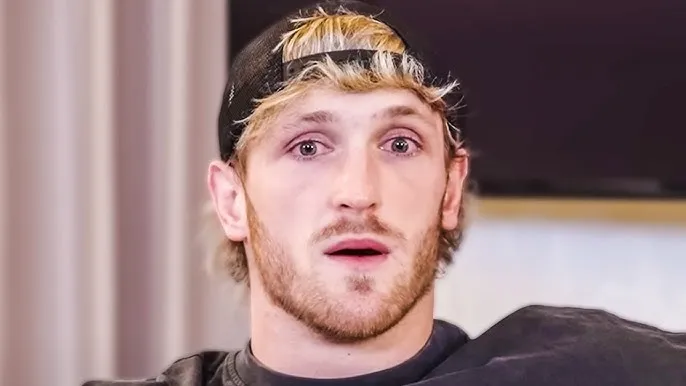
Conclusion – The Verdict Isn’t In… Yet
Whether Logan Paul’s Prime empire truly qualifies as a $1 billion scam will ultimately be decided in courtrooms and by regulators. But what’s clear is this: the marketing playbook used here is powerful, profitable, and potentially dangerous.
As consumers, we need to look beyond the hype, question the narrative, and demand accountability from the influencers who profit from our attention — and our wallets.The story of Prime isn’t just about a drink. It’s about the future of influencer marketing, the blurred lines between promotion and deception, and how easily a billion-dollar “success story” can be built on shaky ground.


